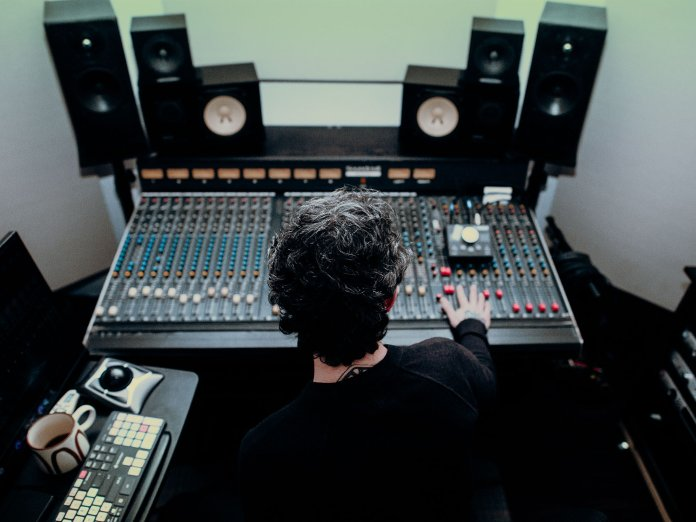
Photographer: Lewis Noke Edwards
For decades, music was shaped in studios filled with consoles, compressors, and tape machines. Today, producers can achieve professional results on laptops with digital audio workstations (DAWs) and powerful plugins. However, despite this convenience, many still feel drawn to the tactile, imperfect charm of analogue gear.
The Workflow Divide
The heart of this debate lies in workflow. Digital systems allow instant recall, precise edits, and endless revisions—features artists now expect. For example, a hi-hat that feels off can be nudged in seconds, and entire sessions save without fear of sonic drift. Analogue, by contrast, resists such control. Consoles and outboard gear can sound different depending on the time of day or even the room temperature. Therefore, exact recalls rarely happen. Yet the sonic character and hands-on experience of analogue mixing remain compelling for many engineers.

One engineer solved this challenge by embracing a hybrid approach. After years with a smaller Soundcraft 200B console, he bought a Soundcraft Series 8000 for $800 AUD. The upgrade gave him direct outs on every channel, expanded EQ options, and flexible routing back into the DAW. Moreover, each fader became a piece of outboard gear, capturing analogue warmth while maintaining digital precision. This workflow not only satisfied his creative instincts but also met his clients’ demands for revisions. In addition, the hybrid setup reduced the frustration of analogue recalls while preserving the joy of tactile mixing.
Why Balance Matters
The debate between analogue and digital isn’t about choosing one side. Instead, it is about balance. Analogue consoles inspire creativity through their tactile design, while digital tools ensure efficiency and consistency. Furthermore, hybrid workflows allow engineers to deliver mixes that honor the artistry of the past while meeting modern expectations. As a result, both the engineer and the artist benefit from a process that is flexible yet authentic.
Ultimately, what matters most is the music. Whether shaped by glowing tubes or pristine plugins, the goal stays the same: serve the artist’s vision and create a mix that resonates. By combining the best of both worlds, engineers can move forward without losing the traditions that continue to inspire them.





